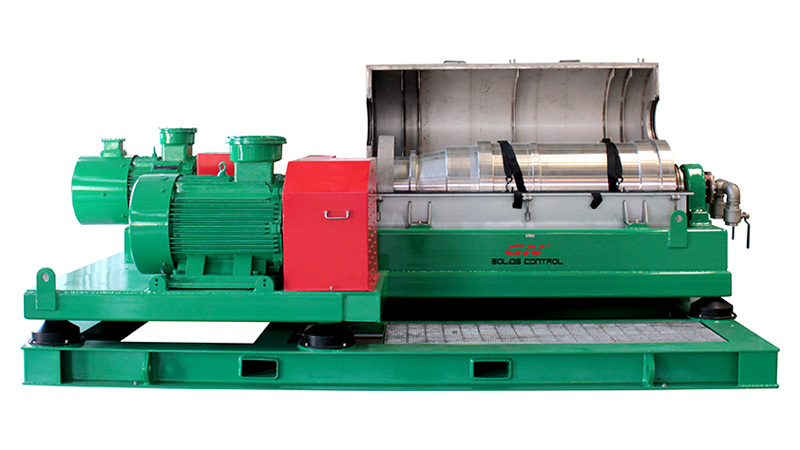Many people know that decanter centrifuge works on the principle of centrifugal force, which makes heavier solids to settle down on bowl wall and lighter liquid phase to “float” on top of the deposited solids. However, there is much more to take into consideration when decanter centrifuge is to be applied to different applications.
The first consideration is the capability required to in the production process. This can differ tremendously, from a few million liter per minute to thousands of cubic meters per hour. This is mainly due to economic consideration.
The other consideration is the length and diameter of rotating bow. The longer the rotating bowl, the longer slurry takes to travel the whole length, and therefore better settlement of the solids. This is particularly important when lighter solids phase is to be separated from the liquid. If the solids is much heavier, such as barite in drilling process, bowl length does not need to be that long. It is common for the length of rotating bowl to be 2, 3 or even 4 times the diameter of rotating bow.
Another consideration is the conical section of decanter centrifuge bowl, this concerns the texture of the solids to be separated. If solids is easily compactable, a bigger angle can be applied so as to increase throughput speed. However if the solids to be separated is quite lose, and difficult to get compacted, a gentle angle is usually required to have them compressed properly before being discharged from the rotation bowl.
One important factor is the centrifugal force. There is much to consider when this factor is to be considered. In a slurry there is always liquid in between solids particles. The finer the solids particle is, the more liquid content, therefore a much larger centrifugal force will be needed to move liquid content out from between solids particles.
